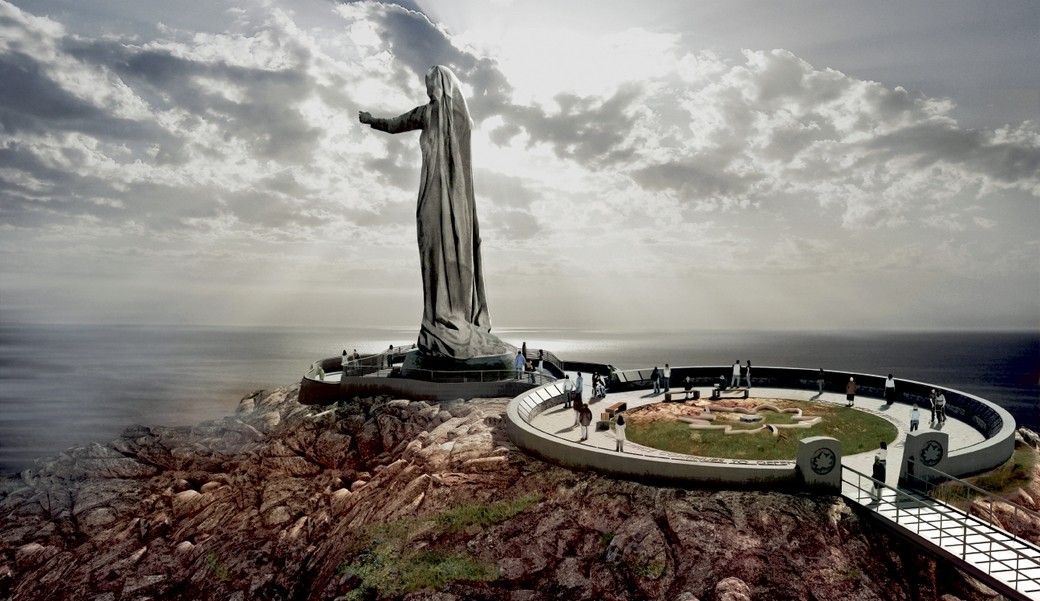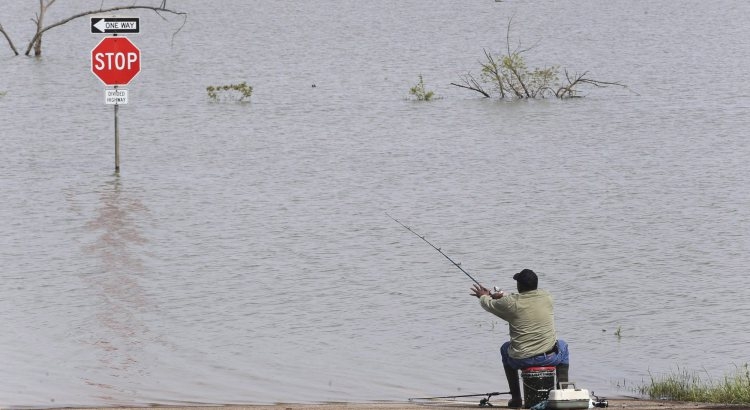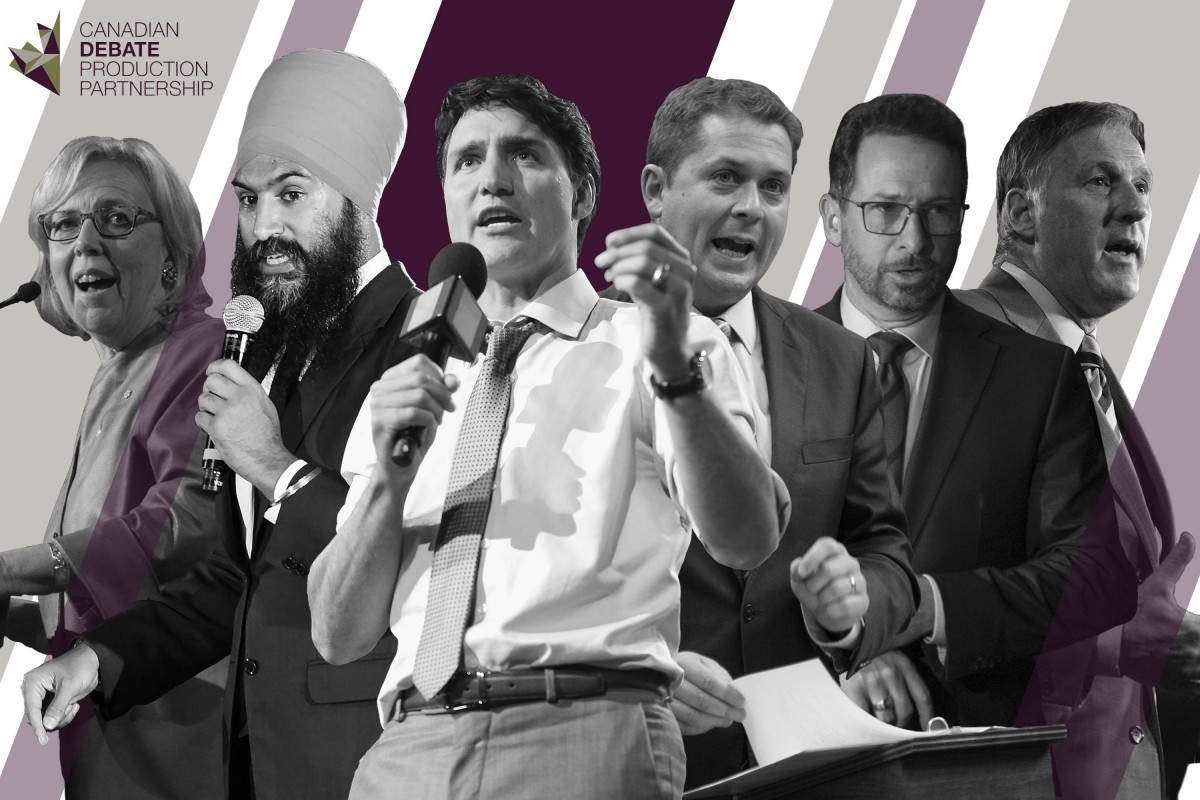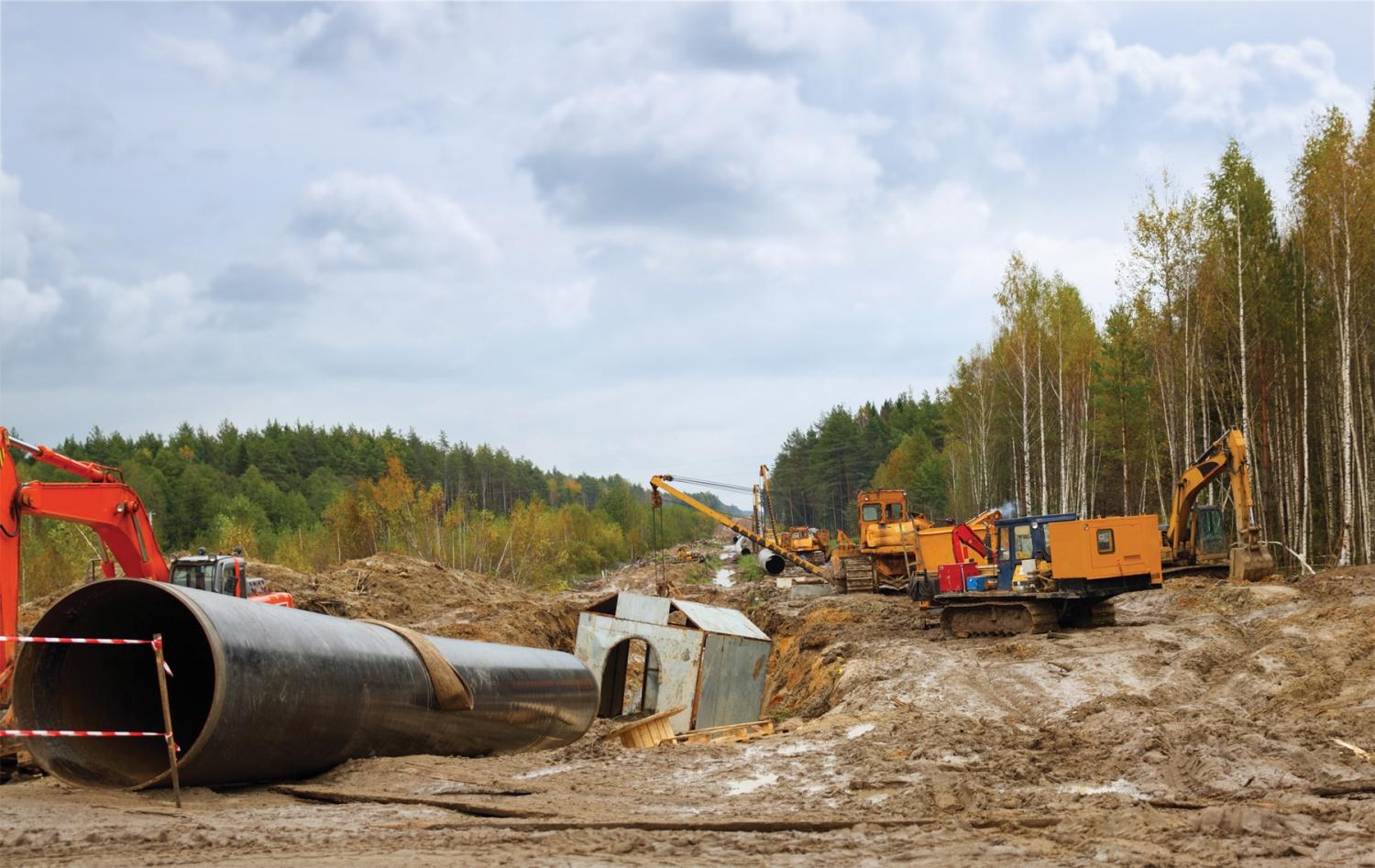
Mother Canada also about embracing immigrants, not just honouring war dead
It is not news to point out that Canada accepts more immigrants, per capita, than any other nation in the world, as Globe columnist Jeffrey Simpson recently pointed out. It is a distinction that serves us well as we build a welcoming society, bereft of the deep social turmoil that mars immigration in other nations.
By Canada Day, 2017, to celebrate the 150th birthday of this country, we can have a symbol that welcomes newcomers who continue to choose Canada as their home. On a half-acre of land at Green Cove in Cape Breton Highlands National Park, the Mother Canada memorial will rise, as soon as the environmental assessment and First Nations reviews have been completed.
With her arms stretched toward Europe where the two great wars were fought, she is of course a symbol of remembrance for the more than 114,000 Canadians and Newfoundlanders who gave their lives overseas in defence of Canada.
But she is much more. In all the recent controversy about the proposed sculpture, it hasn’t been communicated strongly enough that this monument was always meant to be dually iconic – to honour Canada’s fallen, but to also welcome Canada’s future.
Tony Patrick Trigiani, the Toronto businessman who is the driving force behind the Never Forgotten National Memorial, pointed out his own immigrant roots in an interview last year with Leaders and Legacies. Trigiani was just two years old when his father arrived in the Toronto area from Italy in 1949 and his mother then followed in 1950. They settled in Mimico, in the Etobicoke area of the city.
“We have woven in a unique gesture of welcoming with her outstretched arms. Just like my father and my whole family was welcomed to Canada long ago, she is welcoming the ever-changing fabric that is now Canada,” Trigiani said at the time.
In the same interview, he noted that the project was always about doing something for the whole country.
“This is one of the very few times in this ethnically diverse and modern country where we can all participate in the building of a memorial of this nature…”
The Mother Canada statue was always meant to be a welcoming symbol, not a divisive one. Even though most of today’s immigrants land at Pearson International Airport in Toronto, not on the shores of Nova Scotia, an airport is obviously not the place for an iconic marker. Instead, it will be built on a half-acre of land in an area of Canada too few Canadians have bothered to visit, on the picturesque Cabot Trail. It will bolster tourism, encouraging travel to our rugged east coast. It will speak to our history but also resonate for the new generations to come — those whom we have an obligation to teach.
Just 0.4 hectares out of the 26,000 hectare Black Brook Granite Suite within and around the Cape Breton Highlands National Park will be set aside to honour Canada’s fallen and to welcome new Canadians. We should not be dismayed by this fact. We instead should be celebrating that we live in a nation that wants to both honour its history and welcome new immigrants who will contribute to the fabric of Canada.
At the time when the Vimy monument was erected, fresh from the memory of battle, we knew then that Canada was a noble cause – one worth fighting for. The proposed Mother Canada sculpture reminds all of us, native born and immigrant alike, that it still is.
Roderick Benns is publisher of Leaders and Legacies. He is also a volunteer director responsible for educational and narrative development, First Nations, and multicultural outreach for the Never Forgotten National Memorial Foundation.













